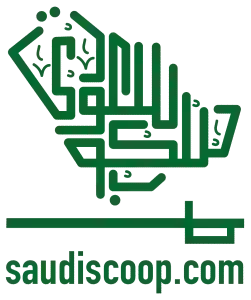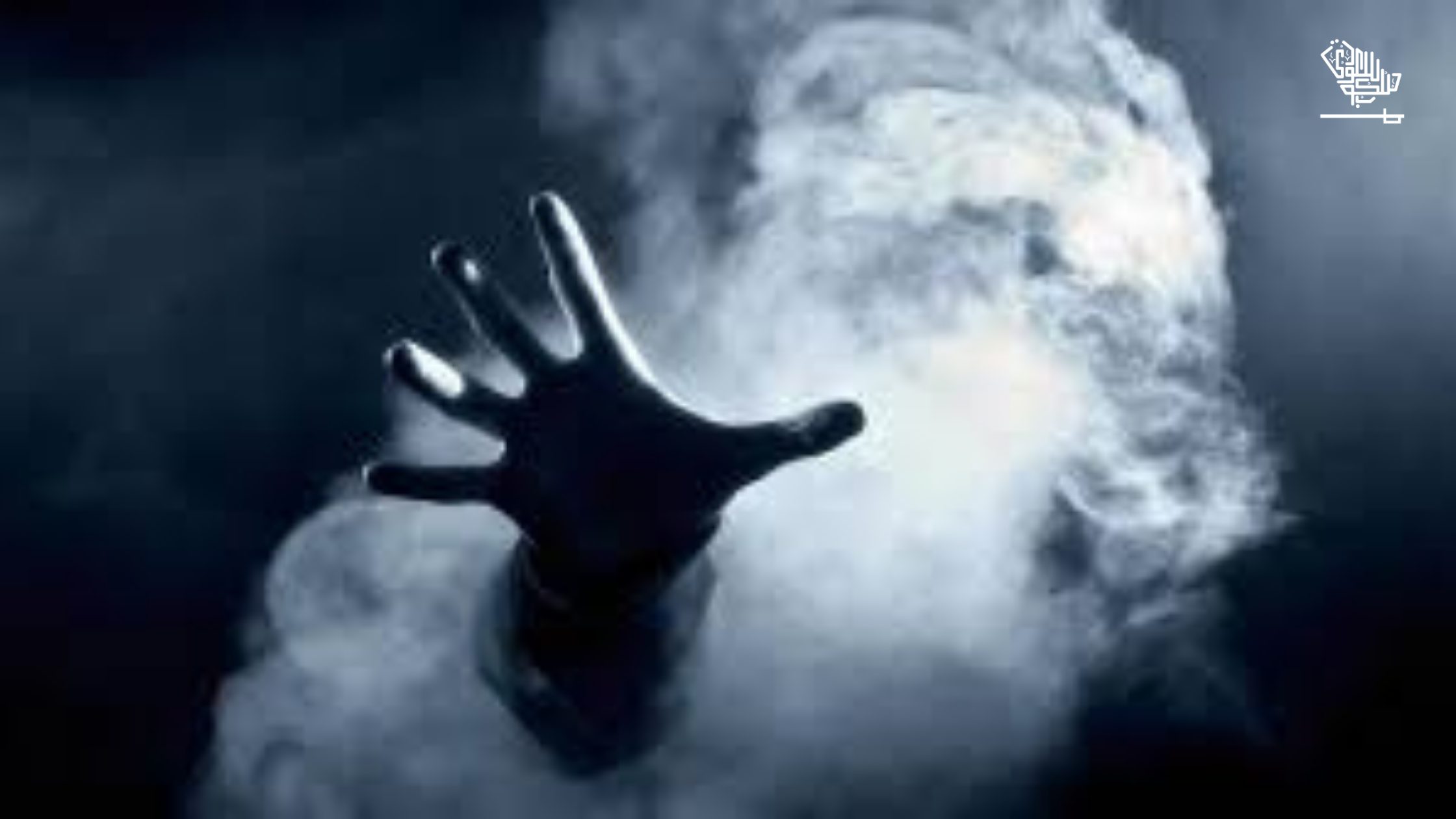Growing up in a Muslim household, stories of various types of jinns have followed us into daily life. However, many of the time, the stories get a bit mixed up and overcrossed.
We tend to classify all supernatural activity as jinns, which is not entirely true. Besides, a Jinn isn’t just one monotone being but rather a species’ name, so to speak. Much like humans, many jinns come in all shapes, forms, and abilities.
The Jinns, also known as djinns, are a broad type of supernatural creature that existed in folklore before Islamic times. Many cross-culture similarities have also been found in stories.
The Quran and Hadith help us finally understand them. Jinns exist side by side with humans in a separate dimension that is invisible to the human eye, though the jinn can frequently move between the two.
They take many different shapes and forms and have other names and types. Today, let’s discuss some of the most prominent ones.
10 Types of Jinn In Islam
1. Marid
Perhaps the most popular type of jinn is the Marid. The Marid (translated as ‘rebellious’) is widely regarded as the most dangerous and evil type of jinn. They are incredibly powerful and thought to be the favored troops of Iblis.
Marid are proud and arrogant and, thus, are easily manipulated into doing one’s chores for them. They have appeared widely in pre-Islamic lore and even got integrated into western folklore in the form of ‘genies.’
Aside from mentions in the Quran, the Marid appears in stories like the ‘Fisherman and The Jinni.’ They are born with free will and can be allied with humans, albeit after a lot of battles, flattery, or rituals.
2. Ifrits
Ifrits are infernal creatures believed to be gigantic and winged. They exist in tribalistic social structures ruled over by kings and leaders. Ifrits are usually considered evil, but according to most folklore, they have free will to choose faiths and actions.
According to Islamic tradition, King Solomon (Suleiman) imprisoned an Ifrit and convinced him to be his servant. In ‘A Thousand And One Nights,’ an Ifrit also appears in ‘The Porter And The Young Girls.’
According to Islamic and Persian tradition, Ifrits reside in ruins. However, African tradition dictates that they also live in the bottom of muddy pools and swamps. They generally marry and procreate within their own species but can also marry humans.
This type of jinn is one of the more popular ones, which is evident through multiple appearances in different forms of media, be it books, movies, video games, or TV series.
3. Ghuls
Ghul, or the anglicized ‘Ghoul,’ is a type of ferocious jinn that feats on human corpses and blood. They are cannibalistic, shape-shifting creatures that lure unsuspecting travelers and children and eat them. Ghuls mostly reside in graveyards, where they steal corpses to feast on.
The Ghul can shape-shift into animals, especially a hyena, that typically coaxes travelers into forests or quiet areas to trap and eat them. They can also assume the forms of humans to trick children into following them.
Female ghuls, known as Ghouleh, also take the form of beautiful women in deserts and graveyards to lure unsuspecting men. However, you can easily tell they are apart due to their donkey legs.
4. Si’Lat
The Si’lat is a malicious shapeshifter jinn that takes on the form of animals and humans so well that it is practically indistinguishable. As one of the smartest and most powerful types of jinn, the Si’lat is also the most dangerous.
Found usually as a female, the Si’lat tends to take on the form of a beautiful woman and seduces and marries men. It is also able to procreate with humans, creating hybrid children.
The Si’lat also goes by many other names, like the succubus or the European ‘hag’. Across all myths, it usually tends to take on the form of an evil seductress.
However, that is not always the case. Si’lat can also be male and appear as a man. Something that both forms have in common, though, is the ability to appear as an animal and malicious intent.
5. Jann
The Jann is one of the most interesting types of jinn. According to folklore, Jann are the predecessor of jinn and ruled over the earth about 2000 years before the creation of man. The king, Jann ibn Jann ruled over the world inhabited by jinns.
However, the king had offended God, and so Ibn-Harith (Iblis before his fall from grace) went down to earth with an army of angels to challenge the King.
Rather than submitting, Jann ibn Jann chose to fight and was consequently defeated, leaving the world to be taken over by angels.
As a punishment for their betrayal, Ibn-Harith reduced the Jann to a much weaker form of themselves. Despite being much weaker than they used to be, the Jann are still immensely strong but tend not to be malicious anymore.
They reside in desolate deserts and appear in the form of sandstorms and camels (especially white). They also reveal oases to travelers depending on whether they like the party or not.
Due to their age, early origins, and punishment, the Jann are much more open-minded about humans than other Jinns. They tend to stay out of their way or help. Unless a human offends a Jann to a severe degree, they are not malicious to humans.
6- Hin
Hin is considered a less strong tribe of Jinns. They mostly take the form of animals. The Arabic word ھین Hin refers to little supernatural creatures.
Hin fits the one class of three Jinns that comprises snakes and dogs. The other classes are the Jinns with fly wings and those that rule on the land and travel.
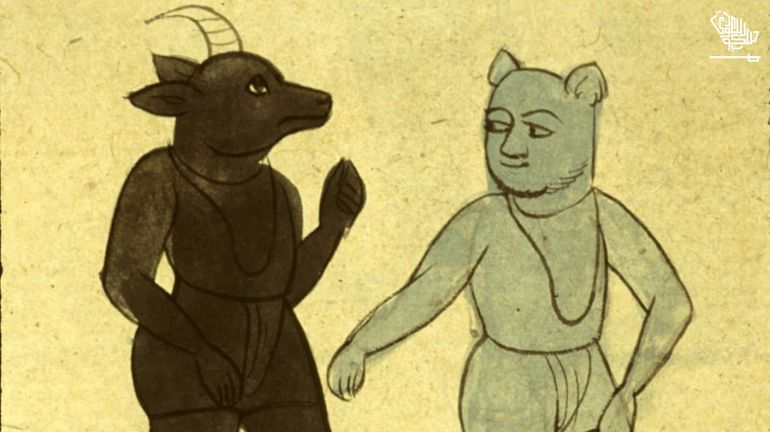
There is a Book named “The Book of Jinn“ in which Zakariya ibn Muhammad al-Qazwani claims he sighted Hinn in Persia, Saudi Arabia, and India.
7- Kansas
Considered to be another form of weak Jinn, Nasnas are hybrids. Half human and half animal form creatures, Nasnas are offsprings of Shiqq and humans.
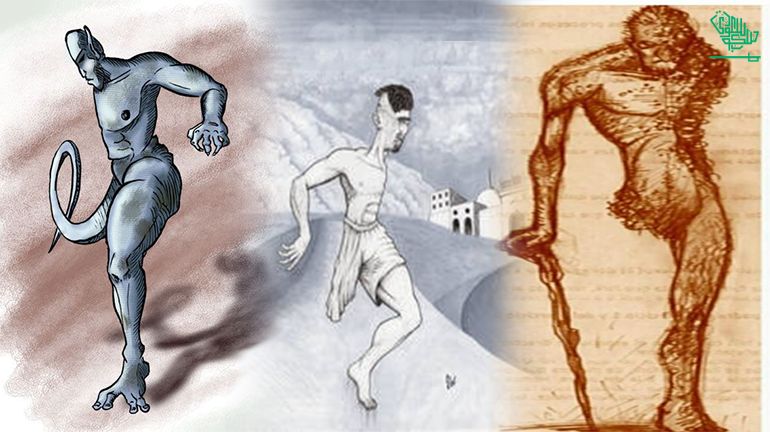
A book, 1001 Nights, described this type to appear as a half-head with one arm and leg. It hops around depending on a single leg.
They are mysterious and believed to kill and make a person fleshless with a single touch within seconds.
8- Palis
Considered easy-to-be fooled and low-intelligence creatures, Palis are foot lickers. These vampires are known to be found in the desert.
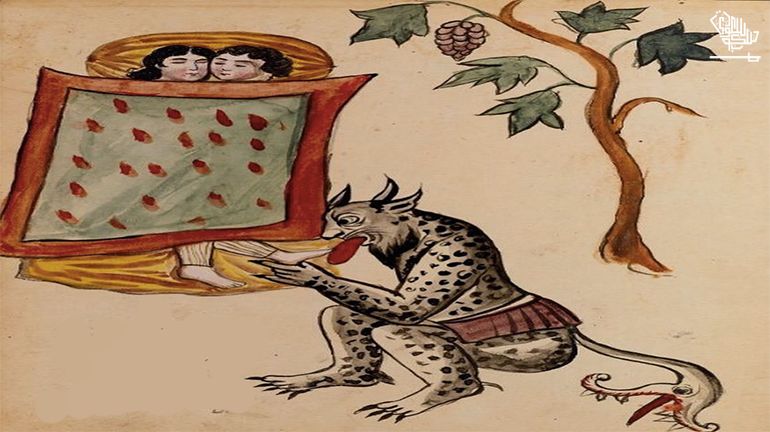
They lick your feet to drain your blood while you’re in your deep, peaceful sleep. In order to prevent Palis, all you have to do is cover your feet bottom while you sleep.
To recall, Jinn Al-Kaboos belongs to the family of Jinn Palis.
9- Shaq
Shaq appears to be a half-formed, not fully developed creature. Shiqq شق, the Arabic word, means “split,” and evidently so.
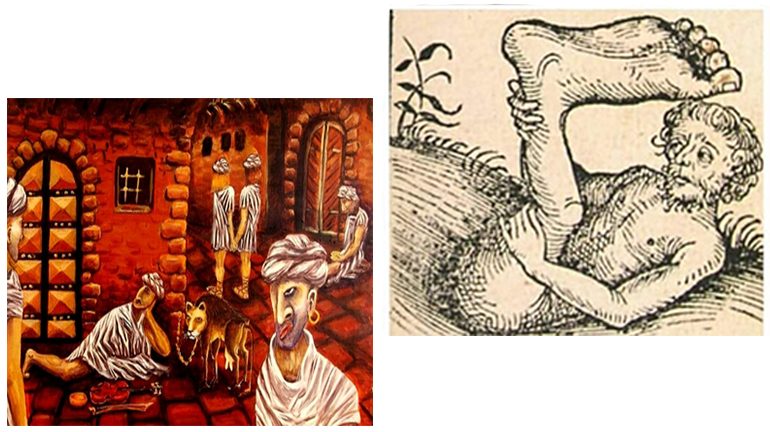
They are known to procreate with humans and are addressed as the lower, weaker class among all types.
10- Shaitaan
One of the most common Jinns, Shaitaan, has more mental impacts and casts evil abilities than any other Jinns.
They are mind players. Besides the prevalent name, Shaytaan, Iblis is also mentioned in the Quran almost 11 times.

Iblis was a former angel, but since he refused to bow down to Prophet Adam, he was sent to the human world.
This mischievous, widely known type promotes and motivates us to do evil deeds and go against Islamic laws.
Conclusion
As surprising as it may sound, Jinns make a whole population that is way more diverse than human beings. Moreover, with the various types mentioned in the Quran, we can predict that every type is one of a kind and has different traits and intentions.
15th chapter of the Quran, Al Rehman narrates
“And He created the jinn from a smokeless flame of fire.”
The types of jinns are endless, from those that cause sleep paralysis to those that replicate the voices of your loved ones.
As surprising as it may sound, Jinns make a whole population that is way more diverse than human beings. Moreover, with the various types mentioned in the Quran, we can predict that every type is one of a kind and has different traits and intentions.
Take from the information, Jinns can be malicious, or they would be least bothered by our presence. They can mimic an animal form or appear entirely as a human. The types and forms are endless and versatile.
We should always seek protection from Allah because we can never know when we can come across any or with what intention.
We hope this article adds to your idea and explanation of Jinns!
DISCLAIMER: The images/videos/logos showcased on this page are the property of their respective owners. We provide credit and sources wherever possible. However, If you find that your image/video is displayed on this blog without authorization, please contact us with the relevant details and a link to the image, and we will promptly address your concerns.

In my content writing journey, I’ve discovered a deep passion for delving into politics, culture, and history. Saudiscoop has been my chosen platform, resonating with my interests. Beyond writing, I thrive on debating and devouring political literature. While my focus lies in detailed explanations, I relish the challenge of diverse topics. My goal is to create immersive, enlightening pieces that captivate while exploring intricacies.

